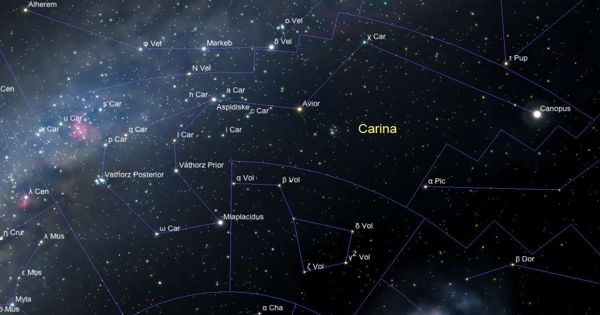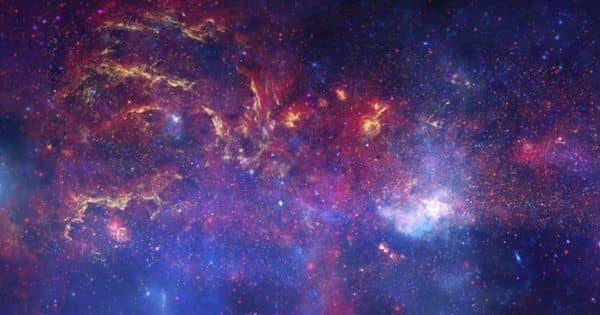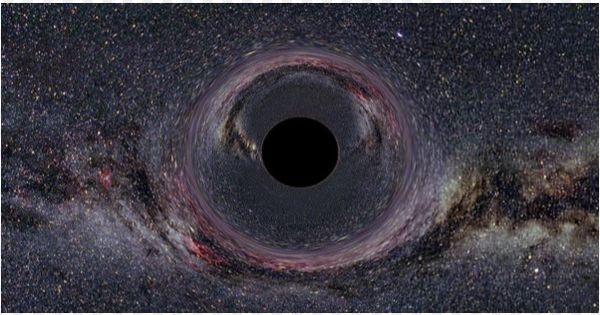In the 1920s, Edwin Hubble made the ground-breaking discovery that the universe is expanding by observing far-off galaxies. However, it wasn’t until 1998 that researchers studying Type Ia supernovae found additional evidence that the universe is not only expanding but has also entered a phase of accelerated expansion.
“To explain this acceleration, we need a source,” says Joseph Mohr, astrophysicist at LMU. “And we refer to this source as ‘dark energy,’ which provides a sort of ‘anti-gravity’ to speed up cosmic expansion.”
Scientifically speaking, the discovery of dark energy and cosmic acceleration shows that our understanding of physics is either lacking or inaccurate. When the discoverers of the accelerating expansion were awarded the 2011 Nobel Prize in Physics, the significance of the phenomenon was further highlighted.
“Meanwhile, the nature of dark energy has become the next Nobel Prize winning problem,” says Mohr.
Now I-Non Chiu from National Cheng Kung University in Taiwan, working in collaboration with LMU astrophysicists Matthias Klein, Sebastian Bocquet, and Joe Mohr, has published a first study of dark energy using the eROSITA X-ray telescope, which focuses on galaxy clusters. The work is published in the journal Monthly Notices of the Royal Astronomical Society.
Dark energy may be responsible for the anti-gravity that pushes particles apart and prevents the development of enormous cosmic objects, which would otherwise occur due to the gravitational force’s attraction force. As a result, dark energy has an impact on the formation of galaxy clusters, which have total masses between 1013 and 1015 solar masses.
“We can learn a great deal about the nature of dark energy by counting the number of galaxy clusters formed in the universe as a function of time or in the observational world as a function of redshift,” explains Klein.
Although the current errors on the dark energy constraints are still larger than we would wish, this research employs a sample from eFEDS that after all occupies an area less than 1% of the full sky.
Joe Mohr
Galaxy clusters, on the other hand, are incredibly uncommon and difficult to discover, necessitating scans of a significant area of the sky with the most sensitive telescopes available.
To this end, the eROSITA X-ray space telescope a project led by the Max Planck Institute for Extraterrestrial Physics (MPE) in Munich was launched in 2019 to carry out an all-sky survey to search for galaxy clusters.
In the eROSITA Final Equatorial-Depth Survey (eFEDS), a mini-survey designed for performance verification of the subsequent all-sky survey, about 500 galaxy clusters were found. This spans the last 10 billion years of cosmic history and is one of the largest collections of low-mass galaxy clusters to date.
Energy density of dark energy appears to be uniform in space and constant in time
For their study, Chiu and his colleagues used an additional dataset on top of the eFEDS data optical data from the Hyper Suprime-Cam Subaru Strategic Program, which is led by the astronomical communities of Japan and Taiwan, and Princeton University.
With the use of this information, I-Non Chiu, a former LMU PhD student, and his LMU colleagues were able to describe the galaxy clusters in eFEDS and calculate their masses through weak gravitational lensing. The combination of the two datasets enabled the first cosmological study using galaxy clusters detected by eROSITA.
Through a comparison of the evidence and theoretical forecasts, their findings demonstrate that dark energy accounts for roughly 76% of the universe’s overall energy density. The computations also showed that the energy density of dark energy seems to be constant in time and uniform in space.
“Our results also agree well with other independent approaches, such as previous galaxy cluster studies as well as those using weak gravitational lensing and the cosmic microwave background,” says Bocquet. “So far, all pieces of observational evidence, including the latest results from eFEDS, suggest that dark energy can be described by a simple constant, usually referred to as the ‘cosmological constant.’”
“Although the current errors on the dark energy constraints are still larger than we would wish, this research employs a sample from eFEDS that after all occupies an area less than 1% of the full sky,” says Mohr.
Thus, the full-sky eROSITA sample as well as other cluster samples will now have a strong starting point for future research thanks to our initial analysis.
















